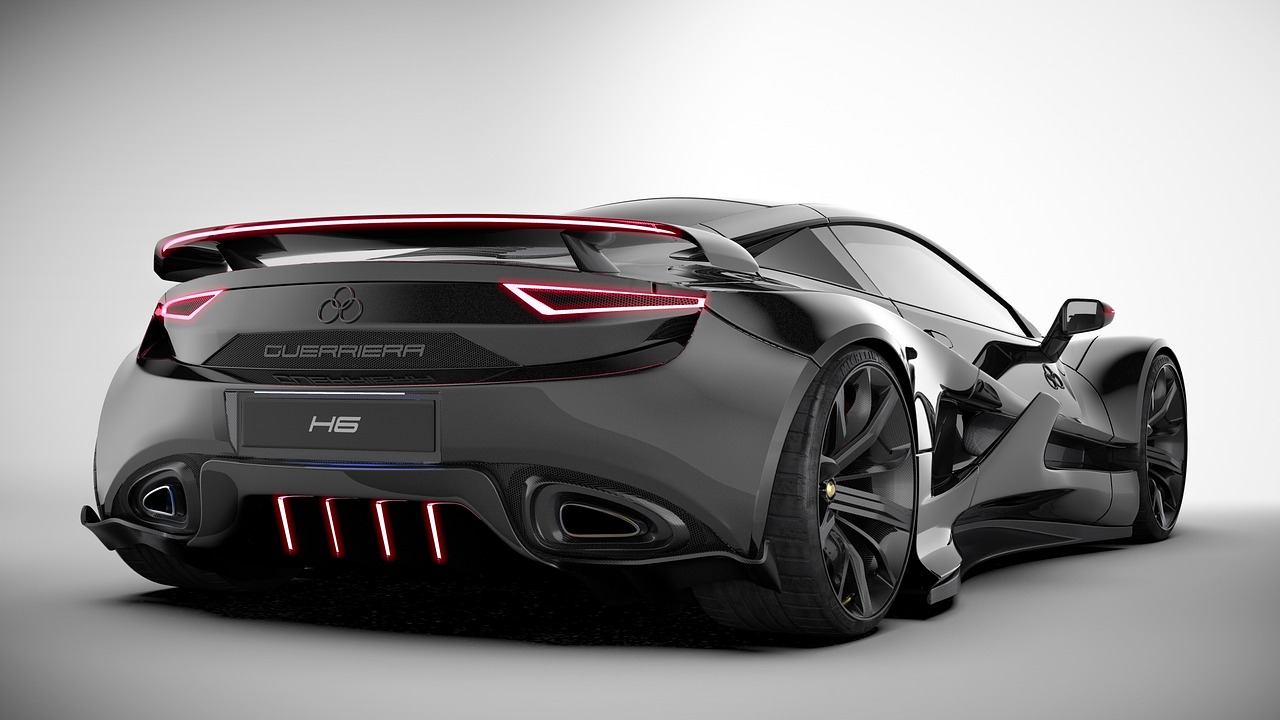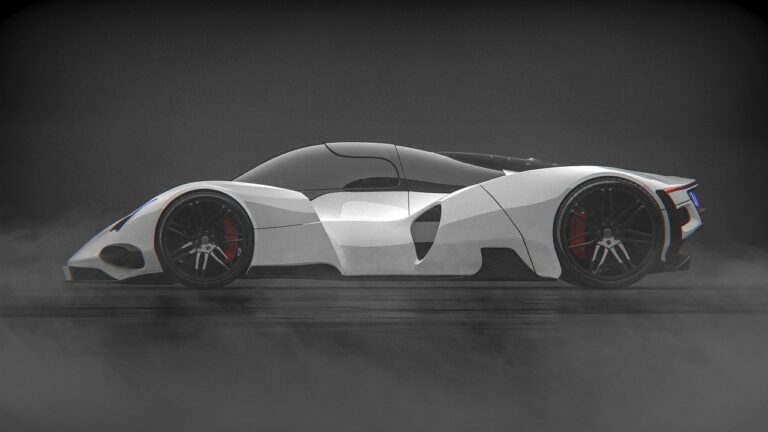Exploring the Potential of In-Wheel Motors in Electric Vehicles
In-wheel motors offer a compact and efficient solution for electric vehicles. By integrating the motors directly into the wheels, there is no need for a traditional drivetrain, resulting in more passenger space and design flexibility. This innovation also allows for independent control of each wheel, enhancing traction, stability, and overall performance on varied road conditions.
Moreover, the placement of in-wheel motors contributes to a lower center of gravity in electric vehicles. This design element improves handling and cornering capabilities, enhancing the overall driving experience for the users. Additionally, the regenerative braking system in in-wheel motors not only increases energy efficiency but also helps to extend the vehicle’s driving range, making it a practical choice for eco-conscious consumers.
Challenges of Implementing In-Wheel Motors in Electric Vehicles
One of the primary challenges associated with implementing in-wheel motors in electric vehicles is the issue of unsprung weight. Placing the motors directly inside the wheels adds weight to the wheel assembly itself, which can impact the vehicle’s overall handling and ride quality. This additional weight can also increase wear and tear on the vehicle’s suspension components, potentially leading to increased maintenance costs over time.
Another hurdle that comes with in-wheel motors is the complexity of integrating them into existing vehicle designs. Despite their compact size, in-wheel motors require significant changes to the vehicle’s chassis and drivetrain systems. This can result in higher manufacturing costs and longer development times as engineers work to ensure that the motors are properly integrated and function seamlessly within the vehicle’s overall system.
What are the advantages of using in-wheel motors in electric vehicles?
In-wheel motors eliminate the need for traditional drivetrain components, improving efficiency and allowing for more flexible vehicle designs. They also provide better traction control and regenerative braking capabilities.
What are some challenges of implementing in-wheel motors in electric vehicles?
Some challenges include increased unsprung weight, complexity of integration with other vehicle systems, potential durability issues, and higher costs compared to traditional drivetrains.
Are in-wheel motors suitable for all types of electric vehicles?
In-wheel motors may not be suitable for all types of electric vehicles, as they are more commonly used in smaller vehicles and urban applications due to their size and weight limitations.
How do in-wheel motors affect the handling and performance of electric vehicles?
In-wheel motors can improve handling by providing better traction control and individual wheel torque control. However, they can also affect the overall weight distribution and suspension dynamics of the vehicle.
Are there any advancements being made to address the challenges of implementing in-wheel motors in electric vehicles?
Researchers and manufacturers are continuously working on advancements such as lightweight materials, improved integration with vehicle systems, and enhanced durability to overcome the challenges of in-wheel motor implementation in electric vehicles.





